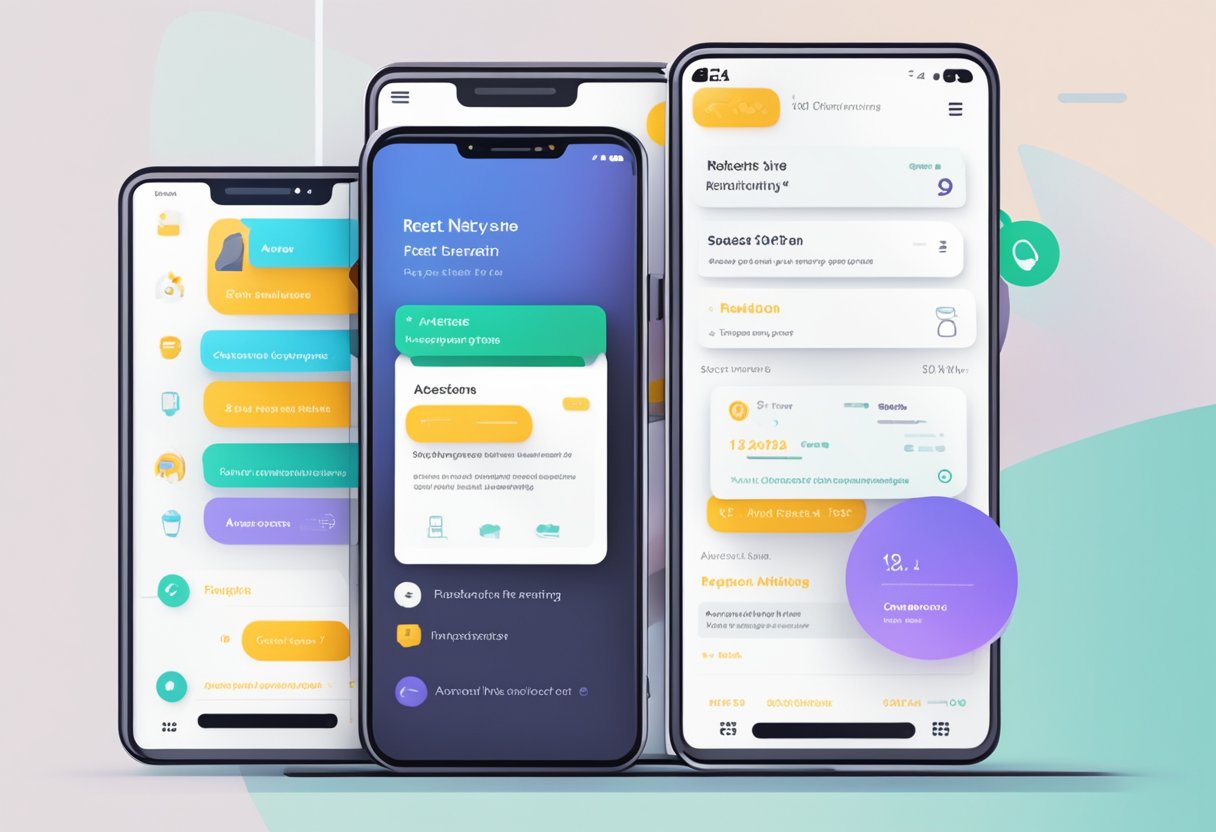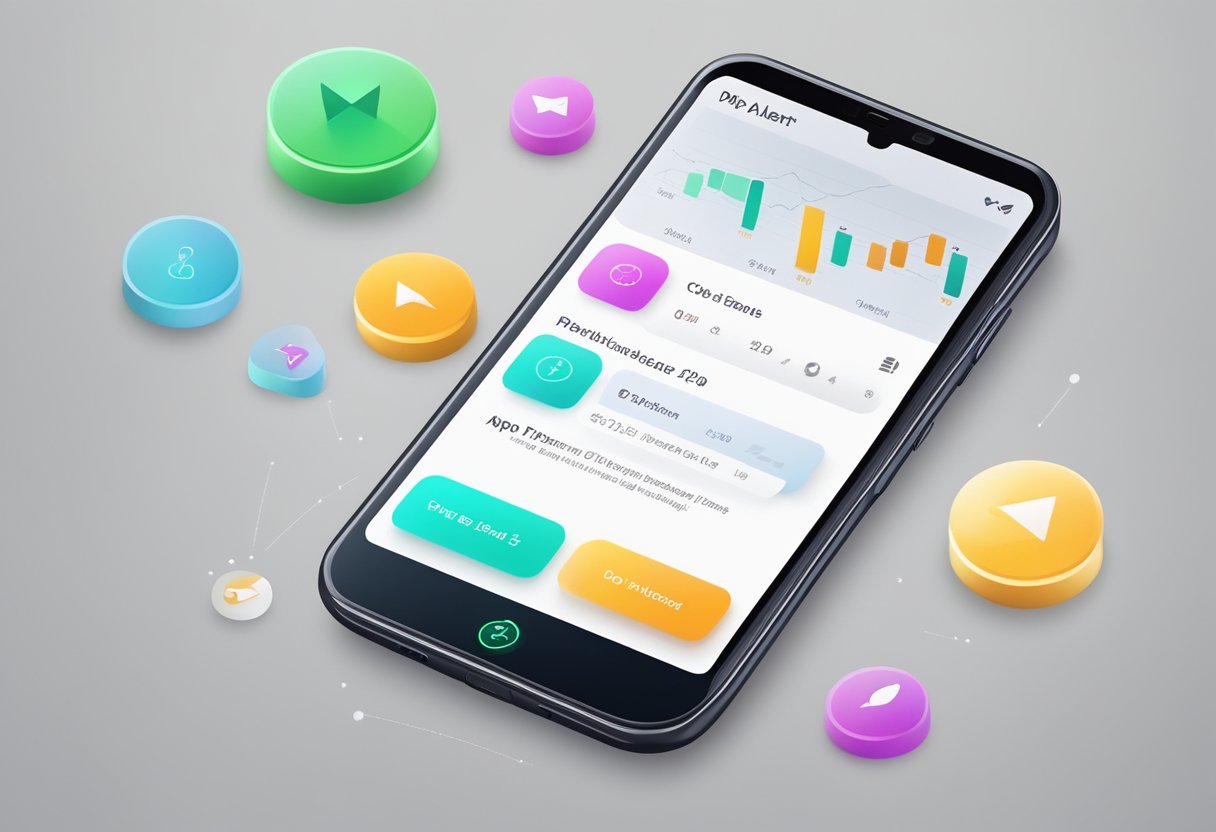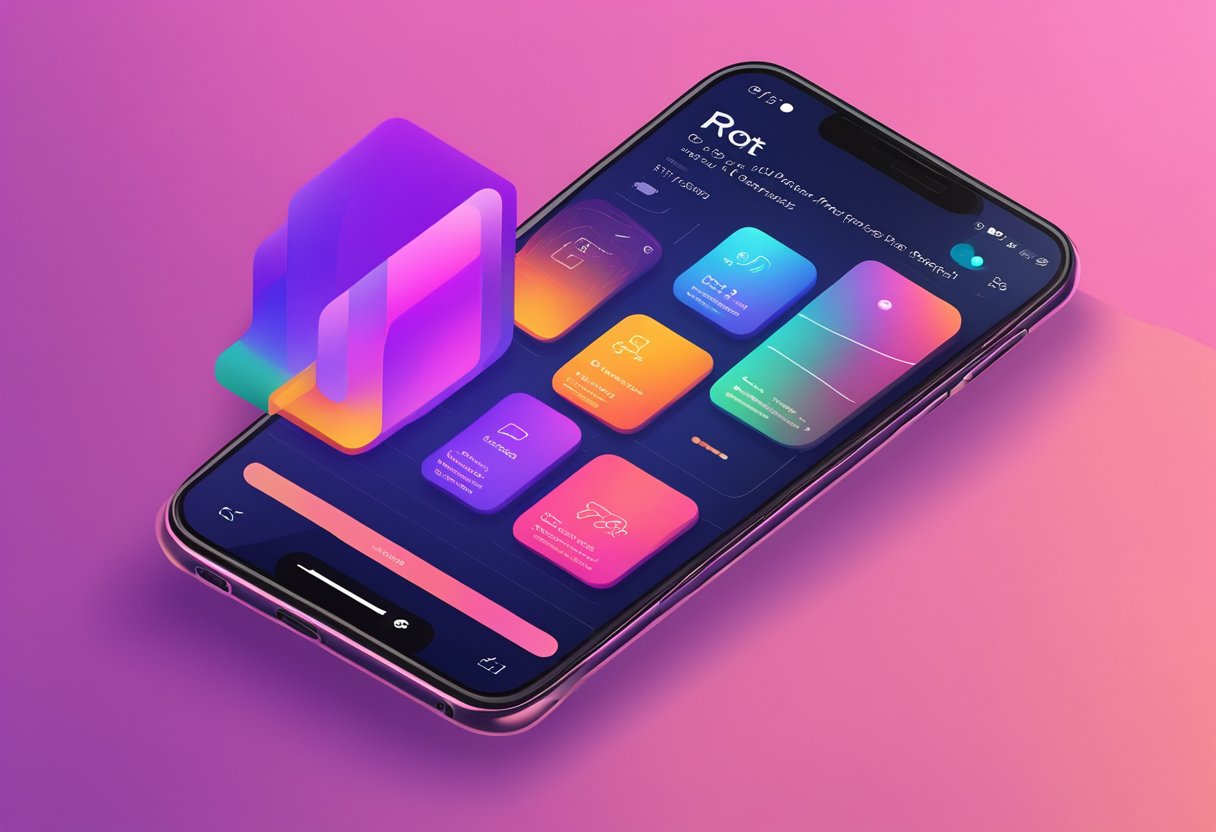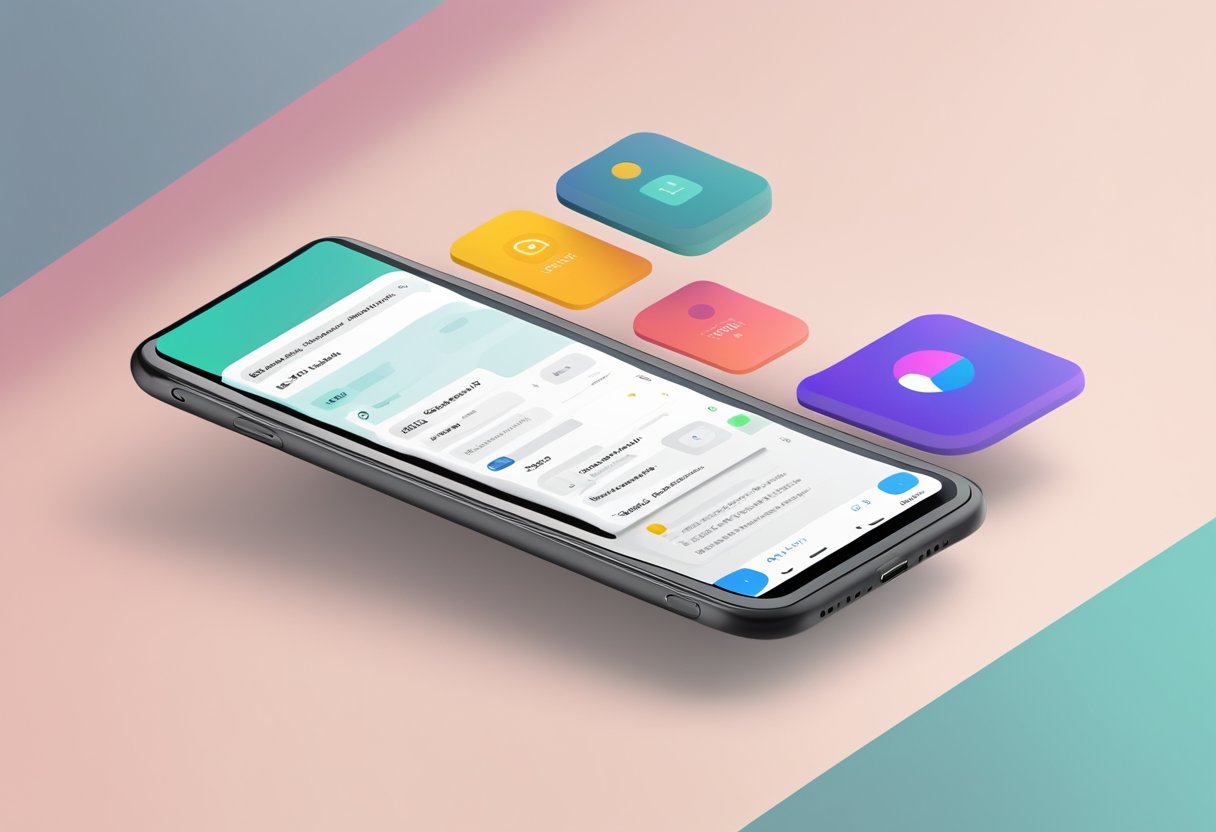React Native is a popular framework for building cross-platform mobile applications. It enables developers to write code once and deploy it on both Android and iOS platforms. One of the challenges of building mobile applications is creating user interfaces that are both visually appealing and easy to use. This is where React Native Awesome Alerts comes in.

React Native Awesome Alerts is a library that provides customizable and easy-to-use alert components for React Native applications. These alerts can be used to display important information to users, such as error messages or confirmation dialogs. The library includes several types of alerts, including success, warning, error, and info alerts. Developers can also customize the appearance of the alerts to match the look and feel of their application.
With React Native Awesome Alerts, developers can save time and effort by using pre-built alert components instead of creating them from scratch. This library is actively maintained and has a large community of contributors, ensuring that it stays up-to-date with the latest React Native releases. Overall, React Native Awesome Alerts is a valuable tool for developers looking to improve the user experience of their React Native applications.
Índice De Conteúdo
Getting Started with React Native Awesome Alerts
React Native Awesome Alerts is a customizable and easy-to-use alert library for React Native applications. It provides a variety of alert types, animations, and styles to choose from, making it a great choice for developers who want to enhance the user experience of their applications.
Installation
To get started with React Native Awesome Alerts, developers need to install the library first. This can be done using npm or yarn. Here are the steps to install the library using npm:
npm install react-native-awesome-alerts --save
After installing the library, developers need to link it to their project using the following command:
react-native link react-native-awesome-alerts
Basic Configuration
Once the library is installed and linked to the project, developers can start using it in their applications. Here’s an example of how to use the library to display a basic alert:
import React, { useState } from 'react';
import { View, Button } from 'react-native';
import AwesomeAlert from 'react-native-awesome-alerts';
const App = () => {
const [showAlert, setShowAlert] = useState(false);
const showAlertHandler = () => {
setShowAlert(true);
};
const hideAlertHandler = () => {
setShowAlert(false);
};
return (
<View>
<Button title="Show Alert" onPress={showAlertHandler} />
<AwesomeAlert
show={showAlert}
title="Alert Title"
message="Alert Message"
onDismiss={hideAlertHandler}
/>
</View>
);
};
export default App;
In this example, the showAlert state variable is used to control whether the alert is displayed or not. When the user presses the “Show Alert” button, the showAlertHandler function is called, which sets the showAlert variable to true, causing the alert to be displayed. The hideAlertHandler function is called when the user dismisses the alert, which sets the showAlert variable to false, causing the alert to be hidden.
The AwesomeAlert component takes several props, including show, title, message, and onDismiss. The show prop is used to determine whether the alert is displayed or not. The title and message props are used to set the title and message of the alert, respectively. The onDismiss prop is a callback function that is called when the user dismisses the alert.
Overall, React Native Awesome Alerts is a great library for developers who want to add customizable and easy-to-use alerts to their React Native applications. With its variety of alert types, animations, and styles, it provides a great user experience for users of all kinds.
Alert Customization
React Native Awesome Alerts provides various customization options for the appearance and behavior of alerts. In this section, we will explore two important customization options: Custom Styles and Animation Types.
Custom Styles
With React Native Awesome Alerts, you can customize the styles of different elements of the alert, including the title, message, buttons, and background color. You can set the styles using the titleStyle, messageStyle, buttonStyle, and contentContainerStyle props.
For example, you can change the color of the title text to red using the following code:
<AwesomeAlert
title="Hello"
message="This is a custom alert"
titleStyle={{ color: 'red' }}
buttons={[
{
text: 'OK',
onPress: () => console.log('OK Pressed'),
style: 'cancel',
},
]}
/>
Animation Types
React Native Awesome Alerts provides different animation types for the alert, including scale, fade, slide, and bounce. You can set the animation type using the animationType prop.
For example, you can set the animation type to slide using the following code:
<AwesomeAlert
title="Hello"
message="This is a custom alert"
animationType="slide"
buttons={[
{
text: 'OK',
onPress: () => console.log('OK Pressed'),
style: 'cancel',
},
]}
/>
By default, the animation type is set to none.
In conclusion, React Native Awesome Alerts provides easy customization options for the appearance and behavior of alerts. The Custom Styles and Animation Types options allow developers to create unique and engaging alerts for their users.
Handling User Interaction

React-Native-Awesome-Alerts provides two main callbacks for handling user interaction: onConfirm and onCancel.
On Confirm
The onConfirm callback is called when the user confirms the alert. This callback can be used to perform actions such as submitting a form or navigating to another screen.
To use onConfirm, simply pass a function that performs the desired action as a prop to the AwesomeAlert component. For example:
<AwesomeAlert
title="Confirmation"
message="Are you sure you want to delete this item?"
showCancelButton={true}
showConfirmButton={true}
confirmText="Delete"
onConfirm={() => {
// Perform delete action
}}
onCancel={() => {
// Do nothing
}}
/>
On Cancel
The onCancel callback is called when the user cancels the alert. This callback can be used to perform actions such as closing the alert or resetting form fields.
To use onCancel, simply pass a function that performs the desired action as a prop to the AwesomeAlert component. For example:
<AwesomeAlert
title="Confirmation"
message="Are you sure you want to delete this item?"
showCancelButton={true}
showConfirmButton={true}
confirmText="Delete"
onConfirm={() => {
// Perform delete action
}}
onCancel={() => {
// Reset form fields
}}
/>
By using these two callbacks, developers can create powerful and interactive alerts that enhance the user experience.
Advanced Features

React-Native-Awesome-Alerts is a versatile library that offers various advanced features to its users. In this section, we will discuss some of the most notable advanced features of this library.
Custom Components
One of the most useful features of React-Native-Awesome-Alerts is the ability to use custom components in place of the default alert box. This feature allows developers to create unique and personalized alerts that better suit their app’s design and aesthetic.
To use custom components, developers can pass in their component as a prop to the Alert component. The custom component must have a similar structure to the default Alert component, with a title, message, and buttons. Developers can also pass in additional props to the custom component, such as custom styles or animations.
Timeouts and Delays
Another useful feature of React-Native-Awesome-Alerts is the ability to set timeouts and delays for alerts. This feature allows developers to control when an alert appears and how long it stays on the screen.
Developers can set a delay for an alert to appear after a certain amount of time has passed. They can also set a timeout for how long the alert stays on the screen before automatically dismissing. This feature is useful for creating alerts that provide information to the user without interrupting their workflow for too long.
In conclusion, React-Native-Awesome-Alerts offers several advanced features that make it a valuable library for developers. Custom components and timeouts and delays are just a few of the features that developers can use to create unique and personalized alerts for their apps.
Best Practices

Performance Optimization
When using react-native-awesome-alerts, it is important to keep in mind the performance of your application. Here are some best practices to optimize the performance:
- Avoid overuse of animations: While animations can enhance the user experience, overuse of animations can lead to lag and slow down the app. Use animations sparingly and make sure they are optimized for performance.
- Minimize the number of alerts: Too many alerts can be overwhelming for the user and can slow down the app. Use alerts only when necessary and keep them concise.
- Use the appropriate alert type:
react-native-awesome-alertsprovides different types of alerts such as success, warning, error, and info. Use the appropriate type of alert that fits the context of your app.
Accessibility Considerations
Accessibility is an important aspect of any app. Here are some best practices to ensure that your alerts are accessible:
- Provide alternative text for images: If you are using images in your alerts, make sure to provide alternative text for users who are visually impaired. This can be done using the
accessibilityLabelprop. - Use high-contrast colors: Ensure that the colors used in the alerts have enough contrast to be easily readable by users with low vision.
- Make alerts keyboard accessible: Users who rely on a keyboard to navigate need to be able to access alerts using the keyboard. Make sure that the alerts can be opened, closed, and navigated using the keyboard.
By following these best practices, you can ensure that your react-native-awesome-alerts are optimized for performance and accessible to all users.


1 comentário em “React-Native-Awesome-Alerts: The Ultimate Guide to Customized Mobile Alerts”